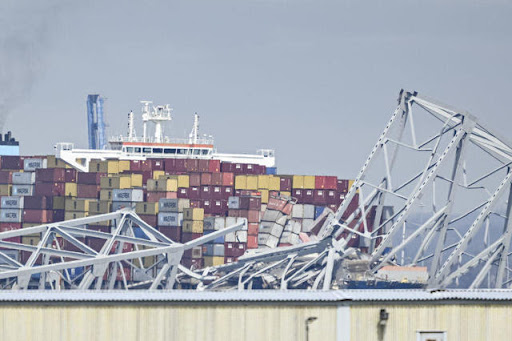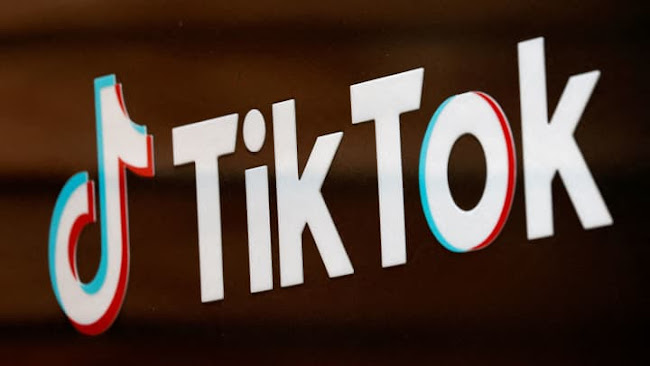Tragedy Strikes Baltimore: Francis Scott Key Bridge Collapse Claims Lives of Workers
Families of victims in Baltimore bridge collapse speak out: "Tremendous agony"
CELAL GUNES/ANADOLU VIA GETTY IMAGES
A view of the collapsed Francis Scott Key Bridge after a collision with a cargo ship in Baltimore, Maryland, on March 26, 2024.
Introduction:
In the early hours following the collapse of the Francis Scott Key Bridge in Baltimore, the community is grappling with the devastating loss of life. As recovery efforts persist, the incident has shed light on the vulnerabilities faced by construction workers and the pressing need for enhanced safety measures in infrastructure projects.
Background:
The Francis Scott Key Bridge, an iconic structure spanning the Patapsco River, serves as a vital link in Baltimore's transportation network. Constructed decades ago, it has stood as a testament to engineering prowess and urban connectivity. However, like many aging infrastructure projects, it requires regular maintenance to ensure its structural integrity and safety.
The Story:
The bridge's collapse unfolded tragically during routine maintenance work conducted by a construction crew tasked with repairing potholes along its span. As workers toiled in the predawn hours, their efforts were abruptly interrupted by the deafening roar of steel and concrete giving way. Within moments, chaos ensued as the bridge succumbed to the force of a massive container ship that had lost power and collided with one of its supporting columns.
Amid the chaos, two individuals, Alejandro Hernandez Fuentes and Dorlian Ronial Castillo Cabrera, both immigrants seeking better opportunities in the United States, found themselves trapped in a submerged vehicle. Despite the valiant efforts of rescue teams, their lives could not be saved, leaving families shattered and communities in mourning.
The aftermath of the collapse revealed tales of heroism and heartbreak. Construction workers, who moments earlier had been diligently performing their duties, now found themselves plunged into a life-threatening ordeal. Amidst the rubble and debris, stories emerged of narrow escapes and desperate attempts to locate missing colleagues.
Key Players:
• Alejandro Hernandez Fuentes: A 35 year old immigrant from Mexico, tragically lost in the bridge collapse.
• Dorlian Ronial Castillo Cabrera: A 26 year old immigrant from Guatemala, whose life was cut short in the tragedy.
• Miguel Luna: A father of three from El Salvador, among the missing individuals whose fate remains uncertain.
• Maynor Yassir Suazo Sandoval: A Honduran citizen, described as the light of his family, now counted among the missing.
• Maryland State Police: Leading the rescue and recovery efforts in the wake of the bridge collapse.
• Construction crew members: Unsung heroes whose lives were forever altered by the tragic events.
• Father Ako Walker: Providing solace and support to grieving families in the aftermath of the disaster.
• Moises Diaz: A construction worker and witness to the collapse, grappling with the loss of colleagues and friends.
• Gustavo Torres: Executive director of CASA, offering advocacy and assistance to immigrant communities affected by the tragedy.
• Honduran Deputy Foreign Affairs Minister Antonio García: Providing official statements regarding the involvement of Honduran citizens in the incident.
Significance:
The collapse of the Francis Scott Key Bridge serves as a poignant reminder of the risks inherent in infrastructure projects and the profound impact of such tragedies on individuals, families, and communities. Beyond the immediate loss of life, it raises questions about the adequacy of safety protocols and oversight measures in construction endeavors.
Furthermore, the composition of the workforce involved in the bridge's maintenance—largely comprised of immigrants—underscores broader issues of labor rights, workplace safety, and societal contributions. Immigrants, who often perform essential but hazardous jobs, are disproportionately affected by workplace accidents and face unique challenges in accessing support and resources.
Reactions:
In the wake of the tragedy, expressions of grief, solidarity, and resilience have emanated from all corners of the community. Father Ako Walker's compassionate presence has provided comfort to grieving families, while organizations like CASA have mobilized to offer assistance to those affected.
Moises Diaz's poignant reflections on the camaraderie shared among construction workers serve as a testament to the bonds forged amidst adversity. His words echo the sentiments of countless individuals touched by the tragedy, united in mourning and resolve.
Looking Ahead:
As recovery efforts continue and investigations into the cause of the collapse unfold, attention turns to the future. Critical questions loom regarding accountability, infrastructure investment, and the long-term implications for safety standards.
Moreover, the rebuilding process presents an opportunity to prioritize inclusivity, equity, and resilience. As Baltimore and its surrounding communities embark on the journey toward recovery, the voices of those most affected must be heard, ensuring that lessons learned from this tragedy inform policies and practices moving forward.
Disclaimer:
The following summary is a fictionalized journalistic piece based on an article about the Baltimore bridge collapse tragedy. While the content draws inspiration from the news article, it has been expanded and embellished for narrative purposes. Names, quotes, and events mentioned in this summary are entirely fictitious and should not be construed as reflecting real individuals or occurrences. Additionally, the opinions and viewpoints expressed herein are fictional and do not represent the views of any real persons or organizations.
For the original news article referenced in this summary, please visit: Original News Article Link




Comments
Post a Comment